Beneath South Korea’s bright city lights and sleek tech lies a culture built on quiet respect and subtle gestures. Tourists often overlook the smaller customs that locals follow without a second thought. These habits might not seem like a big deal at first—but breaking them stands out. What feels minor elsewhere can come off as careless here. If you’re hoping to blend in, it’s worth keeping these in mind.
Here’s a list of 15 rules visitors often overlook when traveling in South Korea.
Never Leave Chopsticks Upright in Rice
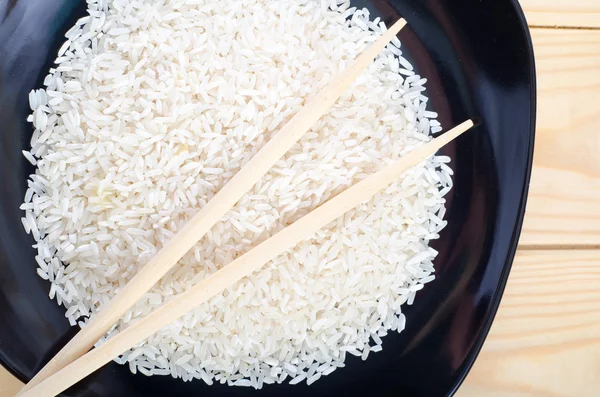
Placing chopsticks upright in a bowl of rice isn’t just odd—it mirrors a ritual tied to funerals and memorials. This gesture resembles offerings to the deceased, and it’s deeply out of place during regular meals.
Even if you’re simply pausing between bites, it’s better to rest them across your bowl or on a chopstick stand. It’s one of those habits locals notice immediately, even if nothing is said. Small adjustments like this show you’re paying attention.
Age Comes First at the Table
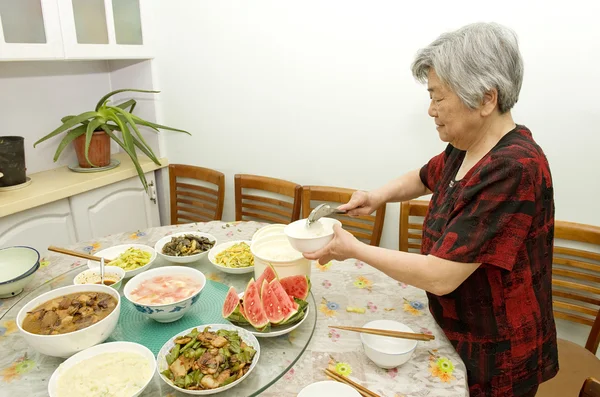
Age plays a major role in how people interact, especially during shared meals. It’s polite to let the oldest person at the table start eating before you do.
When pouring drinks, always offer to pour for someone older, and use both hands if possible. Pouring your drink first—especially in a group—feels a little self-centered in this setting. These unspoken steps are about honoring experience, not formality.
Like Travel Pug’s content? Follow us on MSN.
Always Use Two Hands for Exchanges
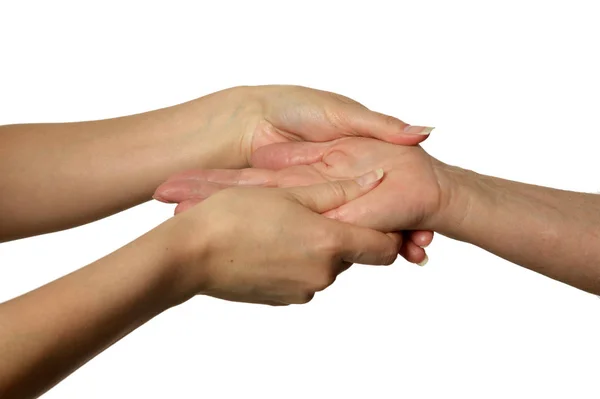
Whether handing someone a credit card or receiving a gift, using both hands is the norm. If one hand is occupied, support your wrist with the other to show respect.
Even during quick interactions, the habit is deeply ingrained in Korean culture. Doing it casually with one hand may feel rushed or dismissive to the person receiving it. Two hands make a big difference in tone, even when words stay the same.
Keep Voices Low in Public

Public spaces in South Korea tend to be quieter than many visitors expect. People talk softly in subways, buses, restaurants—even busy cafés keep a calm atmosphere. Speaking loudly draws attention fast, and not the good kind.
Tourists often stand out without realizing their volume is higher than everyone else’s. Adjusting how loudly you talk makes you feel less like an outsider and more like part of the flow.
Shoes Off Means Shoes Off
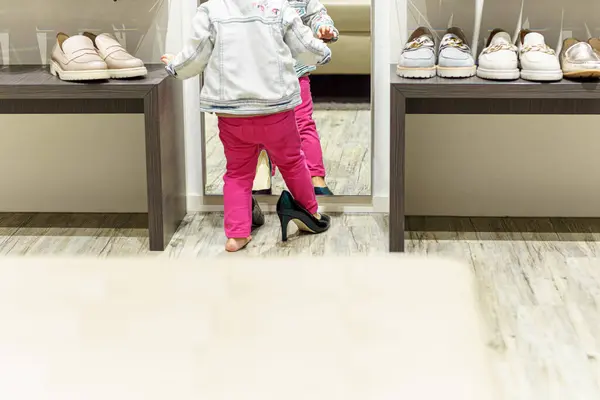
If you’re entering someone’s home—or a traditional restaurant with floor seating—take your shoes off at the door. This isn’t a suggestion; it’s a standard part of everyday life. Some places offer indoor slippers, but even without them, socks are a better option.
Walking inside with shoes on is one of the fastest ways to make things awkward. Just glance down at the entrance, and you’ll know what to do.
Like Travel Pug’s content? Follow us on MSN.
Blowing Your Nose at the Table Isn’t Okay

Even if you’ve got allergies or a cold, blowing your nose at the table is a no-go. It’s seen as unpleasant, especially during meals, and people often leave the table to do it privately. While it might feel harmless elsewhere, in South Korea, it gives off a careless vibe.
If you absolutely have to, excuse yourself and step away. It’s one of those habits that quietly matters more than it seems.
No Tipping Required
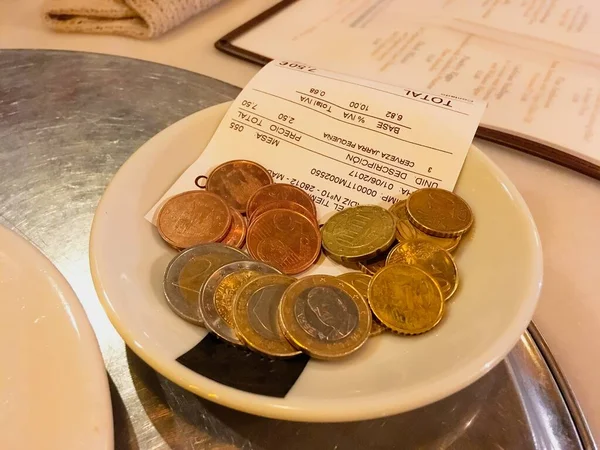
Tipping isn’t part of daily life here, and leaving extra money can be a source of confusion. Most restaurants, taxis, and services include everything in the final price. Staff usually won’t expect anything beyond a thank-you.
At higher-end hotels, a tip might occasionally be accepted—but even then, it’s rare. Knowing not to tip is one of the few travel habits that actually saves you money and effort.
Hand Things Over, Don’t Toss Them
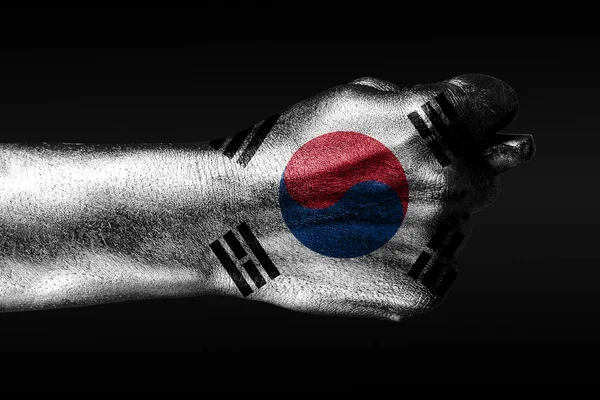
When giving someone a receipt, gift, or even loose change, don’t slide or toss it across the counter. Pass it gently, with both hands or a slight bow if the moment feels formal. Even simple gestures like handing over your subway card should be done with care. These moments aren’t about slowing down—they’re about mutual respect.
The difference between rushed and respectful comes down to how you move.
Like Travel Pug’s content? Follow us on MSN.
Avoid Flashy Gestures

Pointing, waving someone over with a curled finger, or snapping your fingers at staff can feel too aggressive. In South Korea, these actions come off as abrupt, even rude. Instead, wave with an open hand or gesture palm-down when calling someone over. It’s a quieter way of signaling that aligns with the culture’s tone.
These are the kinds of small details that help you move through the country more smoothly.
Keep Your Hands to Yourself

Physical contact isn’t common among strangers, and casual touching—like a hand on the shoulder—can feel uncomfortable. Hugging, back pats, or even friendly nudges aren’t part of daily interactions unless you’re close.
People generally keep a respectful distance in public. If you’re not sure what’s appropriate, take cues from those around you. Respecting personal space goes further here than being overly familiar.
Watch Where Your Feet Point
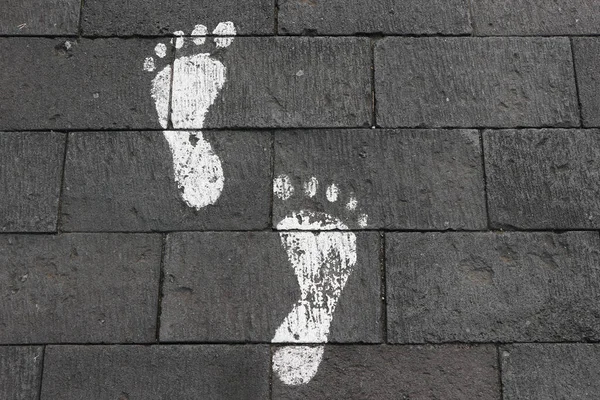
In settings with floor seating, especially traditional restaurants or temples, it matters where your feet are aimed. Pointing your soles toward someone—especially an elder—is considered impolite.
If you’re sitting cross-legged, make sure your feet angle away from others. It’s a quiet gesture, but locals notice. Just shifting your legs slightly can help you avoid an awkward moment.
Like Travel Pug’s content? Follow us on MSN.
Don’t Eat While Walking

Street food is huge in South Korea, but most people pause to eat it rather than walk around. It’s common to stand near the stall or sit on a bench instead of strolling with food in hand. Eating on the go feels messy to locals and breaks with the usual mealtime pace. It’s not banned—it just isn’t the norm.
Taking a few minutes to stop and eat is the better move here.
Bowing Goes a Long Way
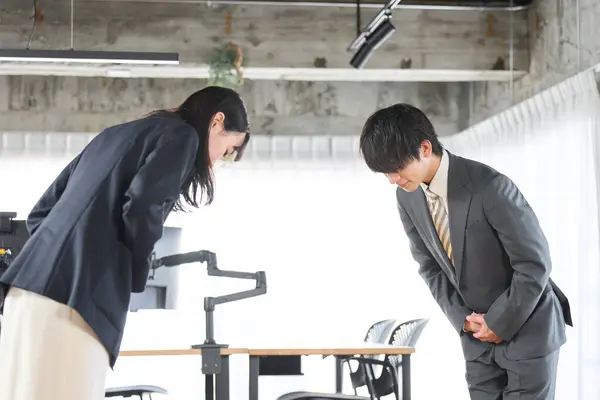
You don’t need to go deep or dramatic—just a small nod or slight bow is plenty. Bowing is used to greet, say thank you, or acknowledge someone politely. It’s so normal that many locals don’t even think about it anymore.
Adding it to your routine takes almost no effort and adds a lot of goodwill. You’ll see it happen in everyday settings, from convenience stores to elevators.
Know the Drinking Etiquette

If someone pours you a drink, hold your glass with both hands—it’s a basic sign of respect. When drinking in front of someone older, turn your head slightly to the side.
These aren’t strict rules, but they’re part of how people connect over drinks. Don’t pour your drink first; wait for someone else to do it for you. These simple habits help you fit in without saying a word.
Like Travel Pug’s content? Follow us on MSN.
Wait to Be Seated
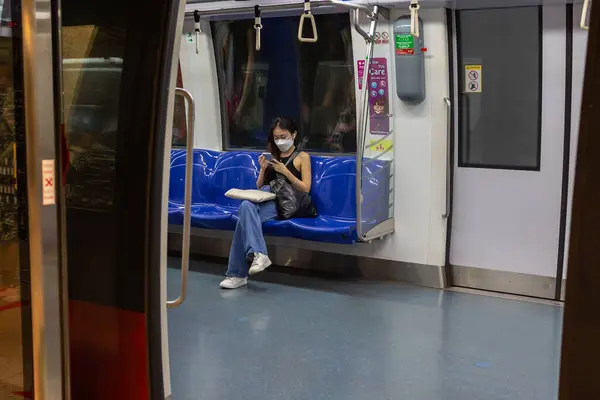
In many Korean restaurants, especially smaller ones, you’re expected to wait near the entrance. Choosing your table without checking can throw off the staff or seem impatient. Even in places that look casual, there’s usually an order to things.
Just pausing near the door is enough to let someone know you’re waiting. It’s another example of how patience often reads as respect.
Culture Lives in the Small Stuff
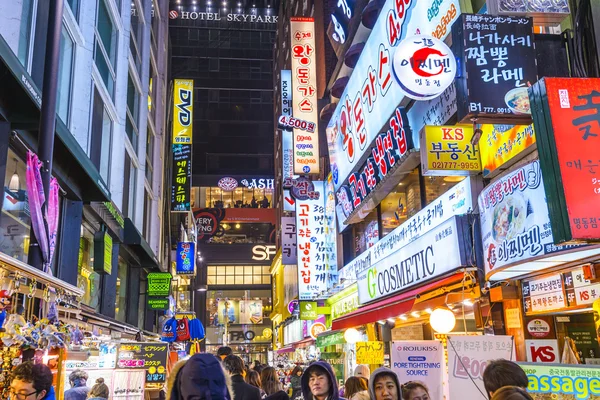
South Korea’s social rules aren’t written on billboards, but they show up in how people move, speak, and interact. Tourists who catch onto these patterns quickly find their experience feels more natural and welcomed.
It’s not about being perfect—it’s about making the effort to meet the culture where it is. You don’t have to memorize everything, just stay aware of the tone around you. In a place built on subtle signals, the quiet respect you show always gets noticed.
More from Travel Pug

- 20 Best Beach Towns in the Carolinas
- 13 Destinations Where Tourists Regularly Regret Their Trip
- 20 Things You Actually Get in First Class
- 20 Small Airports With Aviation Museums
- 20 Places in the U.S. That Are Perfect for a Reset Trip
Like Travel Pug’s content? Follow us on MSN.
